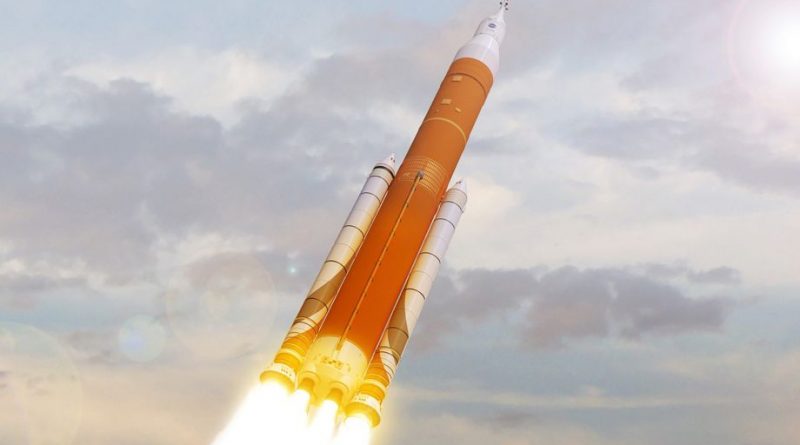NASA Opts for Uncrewed Debut of SLS Rocket, EM-1 Flight Delayed to 2019
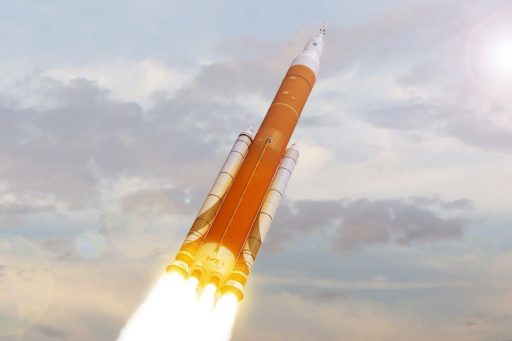
NASA decided against putting a crew on the first flight of the agency’s upcoming heavy-lift Space Launch System which is now expected to occur some time in 2019 after slipping from the latest 2018 target, NASA said on Friday.
Not putting a crew on Exploration Mission 1 is a highly welcomed decision among industry observers, albeit coming as somewhat of a surprise after NASA announced it would conduct a feasibility study on a crewed EM-1 flight following a request from the White House. NASA cited cost, not risk, as the main reason behind opting for the original uncrewed mission design that will see an Orion spacecraft launch on the massive SLS booster on a three-week mission to lunar orbit an back.
The study into placing a crew on EM-1 was initiated after the Trump administration asked NASA to look into either a crewed EM-1 mission or an accelerated schedule for EM-2 that was already earmarked as the first piloted Orion mission launching on SLS. EM-2 was planned for the 2022/23 time frame after being realigned from the original plan to explore a captured asteroid to supporting the Deep Space Gateway to be established in orbit around the moon.
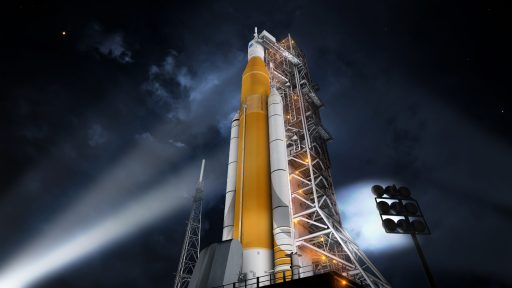
The NASA study concluded that while possible, a crewed EM-1 mission would require an additional $600 to $900 million in funding to accelerate the development of Orion’s life support system, crew accommodations, a validated launch abort system and other support hardware as well as the spacecraft’s flight software that was identified as a particular bottleneck.
In a letter, NASA Acting Administrator Robert Lightfoot said: “After evaluating cost, risk, and technical factors in a project of this magnitude, it is difficult to accommodate changes needed for a crewed EM-1 mission at this time.” NASA management and White House Officials were in agreement to keep EM-1 uncrewed and stick with the original plan of using the flight as a shakedown mission ahead of a crewed flight two years later.
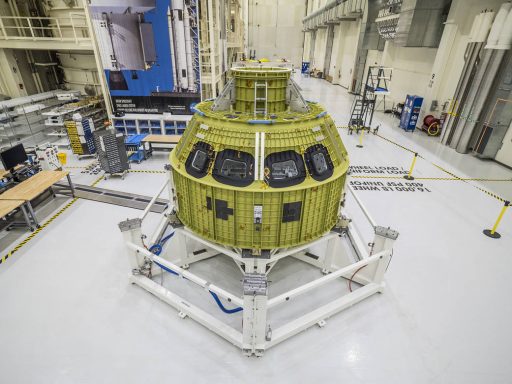
“At the end of the day, we found it technically feasible to fly a crew on EM-1 as long as we had a commitment of additional resources and schedule, and recognizing the technical risks we identified still were going to need a mitigation plan,” Lightfoot said on Friday. “It really reaffirmed the baseline plan we had in place was the best way for us to go.”
The decision to fly an uncrewed shakedown mission comes to the great relief of NASA’s Astronaut Office and safety and advisory councils that all called for an uncrewed test flight of SLS and Orion to retire risk for the first piloted flight that is foreseen to have a crew of four. Had the decision been made to place a crew on EM-1, NASA would have likely ended in an undesirable position of having to find justification for flying with systems that have not undergone full human-rating-certification – giving rise to internal conflicts between engineering and management – a climate identified in past NASA mishaps.
The decision also keeps NASA to the same qualification standards of the agency’s commercial partners, Boeing and SpaceX, that have to complete full end-to-end test flights of their Low Earth Orbit crew architecture which is less ambitious than Orion’s goals of venturing to the Moon and beyond.
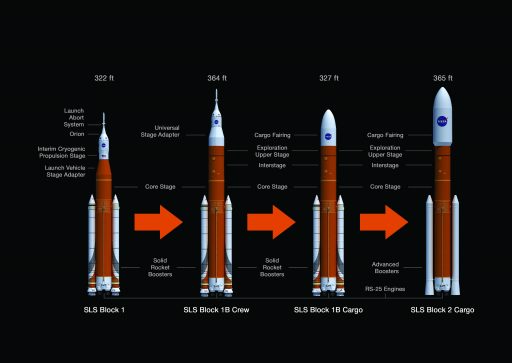
Per the now-cemented plan, NASA will launch the SLS in its Block I version with an uncrewed EM-1 – relying on Shuttle-heritage on the rocket’s 8.4-meter diameter core stage powered by four RS-25 engines formerly used by the Shuttle along with a pair of five-segment Solid Rocket Boosters that build on the design used for three decades to catapult the Shuttle off the ground. The upper stage of the Block I version is known as the Interim Cryogenic Propulsion Stage which in essence is a RL-10B-powered Delta Cryogenic Second Stage borrowed from the Delta IV rocket.
EM-2 will be launched atop the first SLS Block IB which will feature the operational Exploration Upper Stage powered by four RL-10 engines to give SLS the kick necessary to send heavy payloads to distant targets. A future Block II version will enhance the rocket’s payload capacity through the use of advanced strap-on boosters.
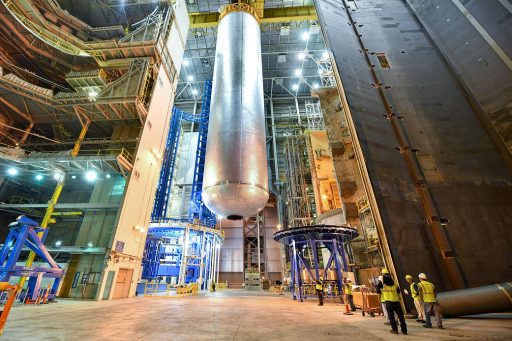
The second part of Friday’s announcement of EM-1 slipping to ‘some time in 2019’ came not as a surprise as there is a list of items that contribute to the continuing delays of the mission.
These include the development of SLS Ground Systems at the Kennedy Space Center, Orion’s European Service Module that had been a subject of discussion over the last year due to its schedule overruns, flight software validation and, lastly but most critically, the SLS Core Stage that suffered numerous setbacks in recent weeks starting with Tornado damage to its manufacturing base in Louisiana and continuing with bad news as a major portion of the EM-1 tank likely has structural weaknesses and needs to be replaced.
Some sources indicate missteps in the hardware development and manufacture for the Boeing-built first stage stage could lead to another full year of delays.
The long-range plan for NASA is to use SLS to send Astronauts beyond the Earth-Moon System before eventual flights to Mars in the 2030s. According to a 2016 report by the U.S. Government Accountability Office, NASA will have spent upwards of $23 billion to develop the SLS rocket, the Orion crew capsule and ground systems up to and including the EM-1 mission.

